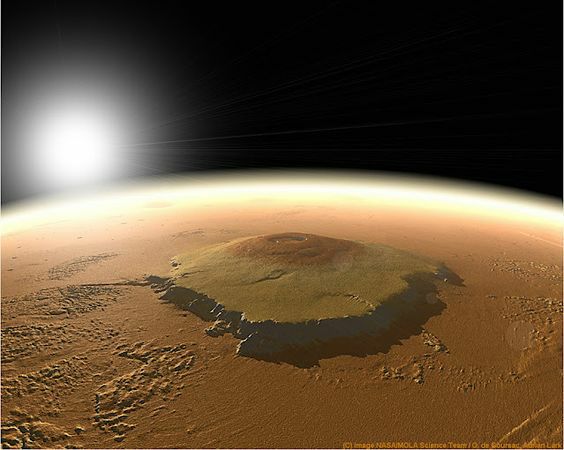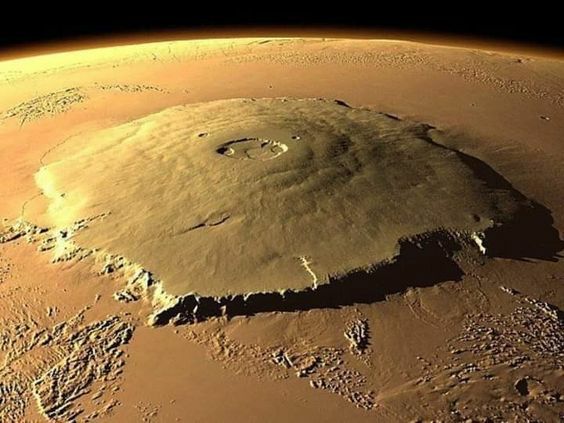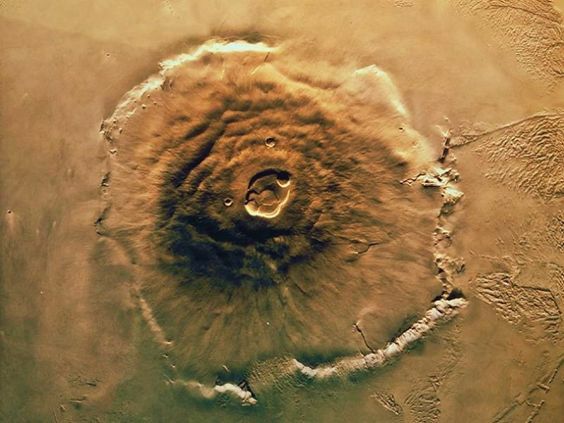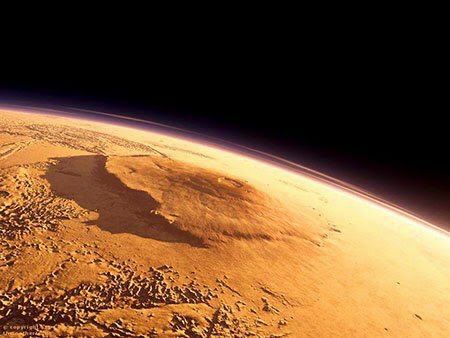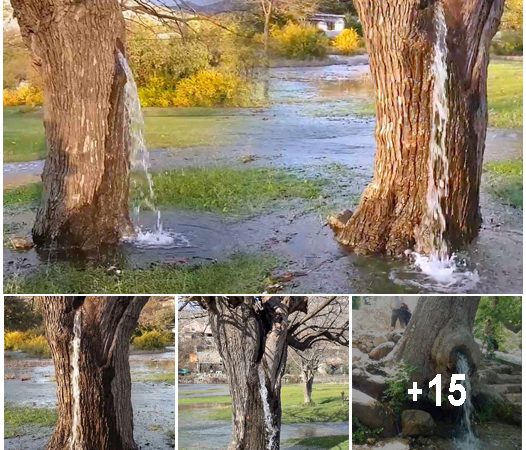Volcanoes on Mars: A Closer Look at the Red Planet’s Explosive Past.
Mars, the fourth planet from the sun, is often referred to as the “Red Planet” due to its reddish appearance when viewed from Earth. It has long captured the imagination of scientists and science fiction writers alike, who have speculated about the possibility of life on its surface, among other things. One of the most striking features of Mars, however, is the presence of numerous volcanoes, which have left a lasting mark on the planet’s surface and offer clues to its geological history.
The Mars Global Surveyor, a spacecraft launched by NASA in 1996, helped to reveal the full extent of Mars’ volcanic activity. The spacecraft orbited Mars for nearly a decade, gathering data and images that provided new insights into the planet’s geology. What the spacecraft revealed was a planet that is far more geologically active than previously thought, with numerous volcanic features and signs of recent volcanic activity.
In fact, Mars is home to the largest volcano in the solar system, Olympus Mons. This massive shield volcano is more than 13 miles (22 kilometers) high and covers an area roughly the size of Arizona. It is one of several large volcanoes on Mars, including Arsia Mons, Pavonis Mons, and Ascraeus Mons, which are collectively known as the Tharsis volcanic plateau.
The Tharsis plateau is a region of Mars that is home to many of the planet’s most impressive volcanoes. It is located in the planet’s western hemisphere and covers an area roughly the size of North America. The region is believed to have been formed by the gradual buildup of lava flows over millions of years. The lava flows created the Tharsis plateau and the massive shield volcanoes that are located on it.
The volcanic activity on Mars is believed to be driven by the planet’s internal heat, which is generated by the decay of radioactive elements in its core. Mars is a much smaller planet than Earth, which means that it has cooled much more quickly over time. However, the planet’s volcanic activity suggests that its interior is still relatively hot and that there may still be active magma chambers beneath its surface.
The volcanic activity on Mars is not limited to the Tharsis plateau, however. There are numerous other volcanic features on the planet, including large calderas, or collapsed volcanic craters, and smaller shield volcanoes. Some of these features show signs of relatively recent activity, such as fresh lava flows and volcanic ash deposits.
One of the most intriguing features on Mars is a set of three enormous canyons known as Valles Marineris. The canyons are more than 2,500 miles (4,000 kilometers) long and up to 6 miles (10 kilometers) deep. They are believed to have formed as a result of volcanic activity and the collapse of the Tharsis plateau. The canyons offer a glimpse into Mars’ explosive past and the forces that have shaped its surface over millions of years.
In conclusion, the volcanoes on Mars offer a fascinating glimpse into the planet’s geological history and the forces that have shaped its surface over millions of years. While Mars is no longer geologically active in the same way that Earth is, the evidence of past volcanic activity suggests that the planet’s interior may still be relatively hot and that there may be active magma chambers beneath its surface. As we continue to explore Mars and learn more about its geology, we are likely to gain new insights into the planet’s past and its potential for future exploration and colonization.
Hits: 0

